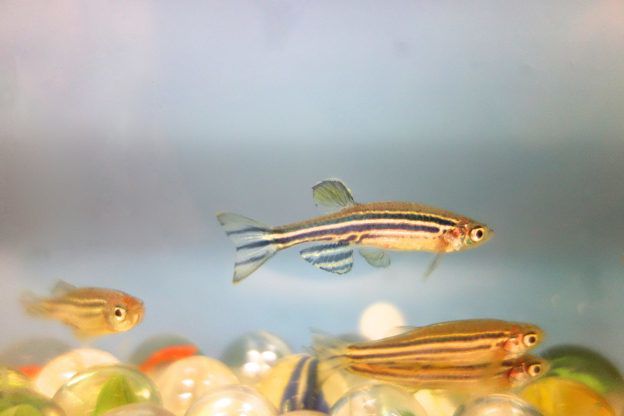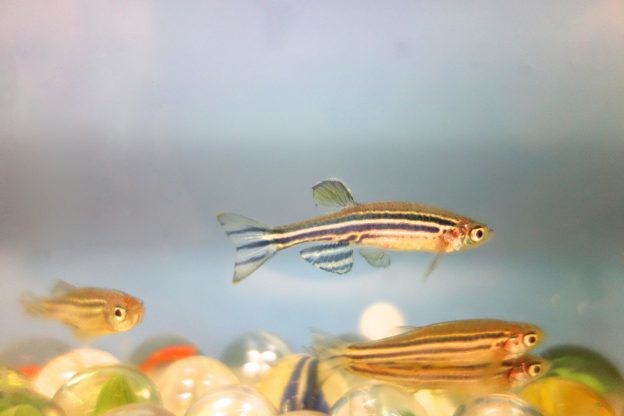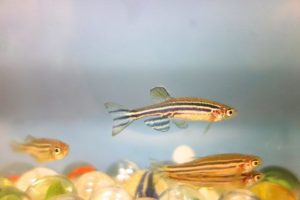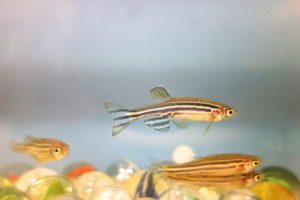Cadmium exposure is on the rise
There’s a good chance you might have touched cadmium today. A heavy metal semi-conductor used in industrial manufacturing, cadmium is found in batteries and in some types of solar panels. Fertilizers and soil also contain cadmium because it is present in small levels in the Earth’s crust. The amount of cadmium in the environment is increasing because of improper disposal of cell phone batteries, contaminating groundwater and soil. This is a problem that impacts people all over the world, particularly in developing countries.
Plants take up cadmium from the soil, which is how exposure through food can occur. Leafy greens like spinach and lettuce can contain high levels of cadmium. From the soil, cadmium can leach into groundwater, contaminating the water supply. Cadmium is also found in a variety of other foods, including chocolate, grains and shellfish, as well as drinking water.
Cadmium has a long half-life, reaching decades, which means that any cadmium you are exposed to will persist in your body for a long time. Once in the body, cadmium ends up in the eyes or can displace minerals with similar chemical properties, such as zinc, copper, iron, and calcium. Displacement can cause grave effects related to the metabolism of those minerals. Cadmium accumulation in the eyes is linked to age-related macular degeneration, and for people in the military and children, elevated cadmium is linked to psychosocial and neurological disorders.
Read more about cadmium in the food supply:
Using zebrafish to study the effects of cadmium
Delia Shelton, a National Science Foundation post-doctoral fellow in the Department of Environmental and Molecular Toxicology, uses zebrafish to investigate how cadmium exposure in an individual affects the behavior of the group. Exposing a few individuals to cadmium changes how the group interacts and modifies their response to novel stimuli and environmental landmarks, such as plants. For example, poor vision in a leader might lead a group closer to predators, resulting in the group being more vulnerable to predation.
Zebrafish
As part of her post-doctoral research, Delia is asking questions about animal behavior in groups: how does a zebrafish become a leader, how do sick zebrafish influence group behavior, and what are the traits of individuals occupying different social roles? These specific questions are born from larger inquiries about what factors lead to individual animals wielding inordinately large influence on a group’s social dynamic. Can we engineer groups that are resilient to anthropogenic influences on the environment and climate change?
Zebrafish are commonly used in biomedical research because they share greater than 75% similarity with the human genome. Because zebrafish are closely related to humans, we can learn about human biology by studying biological processes in zebrafish. Zebrafish act as a monitoring system for studying the effects of compounds and pollution on development. It is possible to manipulate their vision, olfactory system, level of gene expression, size, and aggression level to study the effects of pollutants, drugs, or diseases. As an added benefit, zebrafish are small and adapt easily to lab conditions. Interestingly, zebrafish are transparent, so they are great for imaging. Zebrafish have the phenomenal ability to regenerate their fins, heart and brain. What has Delia found? Zebrafish exposed to cadmium are bolder and tend to be attracted more to novel stimuli, and they have heightened aggression.
Read more about zebrafish:
What led Delia to study cadmium toxicity in zebrafish?
As a child, Delia was fascinated by animals and wanted to understand why they do the things they do. As an undergrad, she enjoyed research and pursued internships at Merck pharmaceutical, a zoo consortium, and Indiana University where she worked with Siamese fighting fish. She became intrigued by social behavior, social roles, and leadership. Delia studied the effects of cadmium in grad school at Indiana University, and decided to delve into this area of research further.
Delia began her post-doctoral work after she finished her PhD in 2016. She was awarded an NSF Postdoctoral Fellowship to complete a tri-institute collaboration: Oregon State University, Leibniz Institute for Freshwater Ecology and Inland Fisheries in Berlin, Germany, and University of Windsor in Windsor, Ontario. She selected the advisors she wanted to work with by visiting labs and interviewing past students. She wanted to find advisors she would work well with and who would help her to accomplish her goals. Delia also outlined specific goals heading into her post-doc about what she wanted to accomplish: publish papers, identify collaborators, expand her funding portfolio, learn about research institutes, and figure out if she wanted to stay in academia.
Research commercialization and future endeavors
During her time at OSU, Delia developed a novel assay to screen multiple aspects of vision, and saw an opportunity to explore commercialization of the assay. She was awarded a grant through the NSF Innovation Corps and has worked closely with OSU Accelerator to pursue commercialization of her assay. Delia is now wrapping up her post-doc, and in the fall, she will begin a tenure track faculty position at University of Tennessee in the Department of Psychology, where she will be directing her lab, Environmental Psychology Innovation Center (E.P.I.C) and teaching! She is actively recruiting graduate students, postdocs, and other ethnusiatic individuals to join her at EPIC.
Please join us tonight as we speak with Delia about her research and navigation of the transition from PhD student to post-doc and onwards to faculty. We will be talking to her about her experience applying for the NSF Postdoctoral Fellowship, how she selected the labs she wanted to join as a post-doc, and her experience working and traveling in India to collect zebrafish samples.
Tune in to KBVR Corvallis 88.7 FM or stream the show live on Sunday, April 7th at 7 PM. You can also listen to the episode on our podcast.




